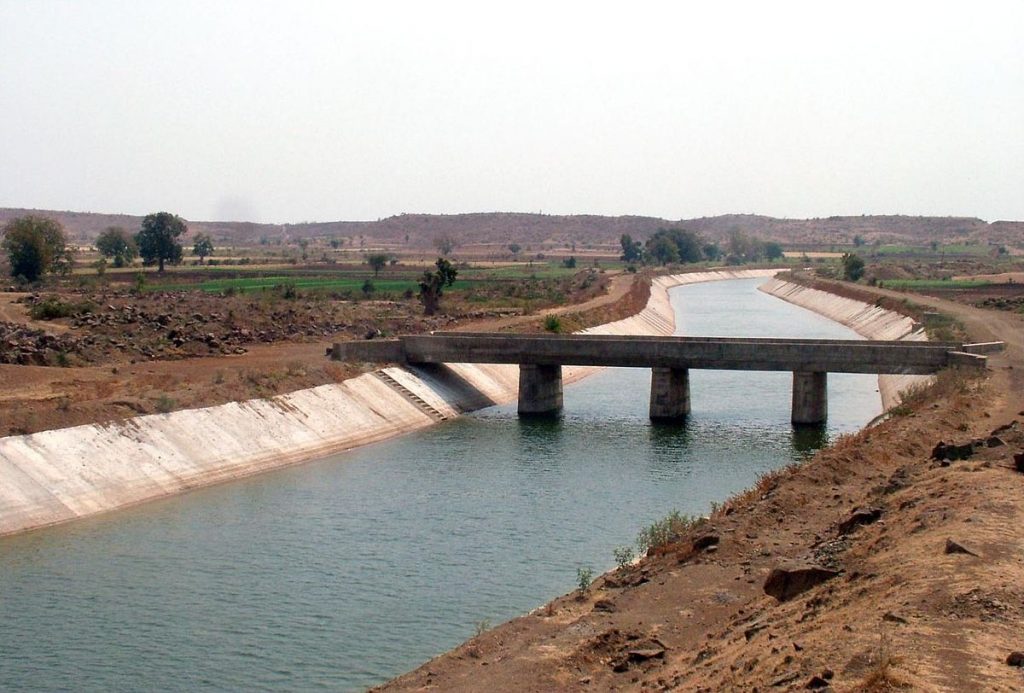Natabar Khuntia
The government of Odisha presented a separate budget for agriculture the first time for the financial year 2013-14. It was called part one of the budget and the general budget was called part two. After Karnataka and Chhattisagarh, Odisha was the third state to present a separate agriculture budget. Since then Odisha has been presenting separate agriculture budgets each year.
Agriculture budget includes allocation to four major departments — agriculture and farmers’ empowerment, cooperation, fisheries and animal resources, and water resources — that are directly helping to boost productivity and income in the farm sector.
Irrigation is the basic prerequisite to increase agriculture production, productivity and income of farmers. Fortunately, Odisha has adequate water resources — both ground and surface water — and annual average rainfall of 1,450 millimetres. Of the total water resources in the country, Odisha holds a share of 11 per cent spread over 11 river basins. The share of cultivable land in Odisha is 3.81 per cent and despite availability of adequate water, Odisha has not been able to utilise this valuable resource to irrigate more land and increase agricultural production.
National Bank for Agriculture and Rural Development (NABARD) has observed that agricultural production and productivity in Odisha are low as assured irrigation, a critical input to achieve such ends, is not adequately available in the state. NABARD observed that the share of irrigation available to principal crops was only 29.5 per cent in 2012-13 as against the 47 per cent nationally. NABARD said the state has 61.8 lakh hectares of cultivable land, of which 57.74 lakh hectares could be brought under irrigation with available water resources.
Finance minister Prasanna Kumar Acharya had in his maiden agriculture budget speech for 2013-14 indicated that the government had decided to allocate more funds to increase efficiency of water resources department and for better management of water so that the gap between available potential and actual utilisation for irrigation could be reduced. In the agricultural budget speech 2014-15, then finance minister Pradip Kumar Amat also laid special emphasis on additional irrigation to 10 lakh hectares of cultivable land from 2014-2019.
Surprisingly, finance ministers have been continuously informing the House through budget speeches that irrigation coverage was increasing and an additional 10 lakh hectares were being brought under irrigation between 2013-14 and 2018-19; but the Economic Survey indicates the opposite
Agriculture budget speeches show the state government is committed to increase the area under irrigation and that water resources department was being allocated more funds each year. The water resources department has been getting the lion’s share of agriculture budget allocations since the practice of separate budget started. Over the last six years, the department received 53.32 per cent to 61.62 per cent of agriculture budget from 2014-15 to 2017-18 (see table).
Also, water resources department gets the second highest allocation in the state budget; school and mass education department gets the highest. Therefore, anybody would expect irrigation facilities in Odisha would have expanded substantially. The reality, though, is disappointing. Instead of bringing an additional 10 lakh hectares under irrigation from the levels in 2013-14, the total irrigated area decreased during 2014-15 and 2015-16 and returned to the position in 2013-14 in 2016-17 (see table). Gross irrigated area during Kharif and Rabi seasons in 2013-14 was 35.21 lakh hectares, which came down to 34.61 lakh hectares and 32.94 lakh hectares during 2014-15 and 2015-16 respectively. It regained the 2013-14 position (35.53 lakh hectares) in 2016-17. Data for 2016-17 and 2017-18 are not available yet.
Surprisingly, finance ministers have been continuously informing the House through budget speeches that irrigation coverage was increasing and an additional 10 lakh hectares were being brought under irrigation between 2013-14 and 2018-19; but the Economic Survey indicates the opposite. At the first agriculture budget, the then finance minister had assured the House that the gap between irrigation potential created and potential utilised would be minimized; but the gap is, in fact, widening year after year (see table).
The state agriculture policy-2008 targeted assured irrigation on at least 35 per cent of cultivable land in each of the 314 blocks of the state; but at present, of the 314 blocks of the state, 102 are yet to achieve the benchmark of 35 per cent. Target of irrigating 50 per cent of the gross cropped area was fixed in the first agriculture policy-1996 by the Congress-led government of JB Patnaik, which successive governments retained. The gross cropped area of the state is now 93.65 lakh hectares. Irrigation being provided both in Kharif and Rabi seasons comes to 35.53 lakh hectares; hence the percentage of irrigated area to gross cropped area comes to 37.94 per cent, which is far below the 50 per cent target fixed two decades back.
Despite increasing allocations for the water resources department, and repeated commitments given by the government to accelerate expansion of the irrigation network, the dismal status of irrigation in the state shows there is lack of sincerity on the part of the government to achieve the target. It is spending substantial share of taxpayers’ money on irrigation but the results are disappointing. One can say the resources allocated to water resources department are not producing the desired result.
The government should produce a white paper showing the irrigation potential created and utilized block-wise and the amount spent towards the purpose since adopting a separate agriculture budget; it should also present the problems faced by the department in implementing the projects. The white paper must be presented in the Assembly for discussion, and a consensus be arrived at on how to achieve the much-needed irrigation target to increase production, productivity and income of farmers to lift them above the poverty line.
The writer is an agro-banker and columnist. e-Mail: natabarkhuntia1@gmail.com.
